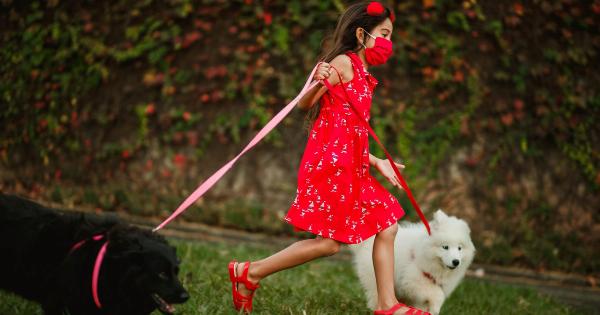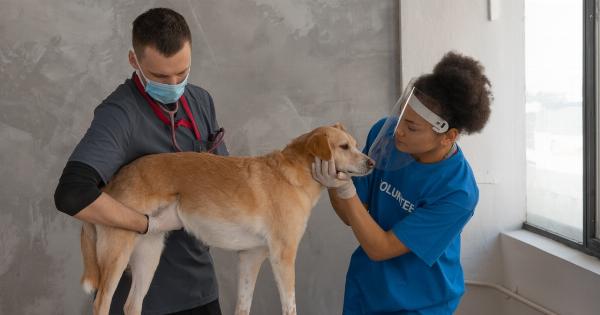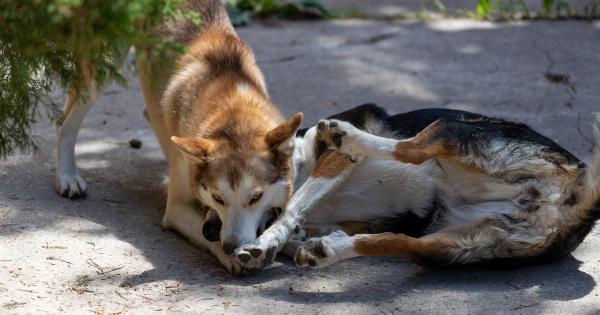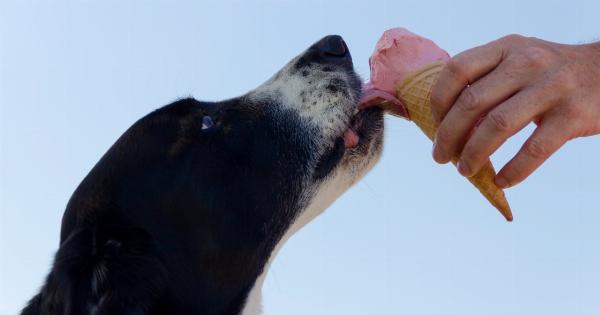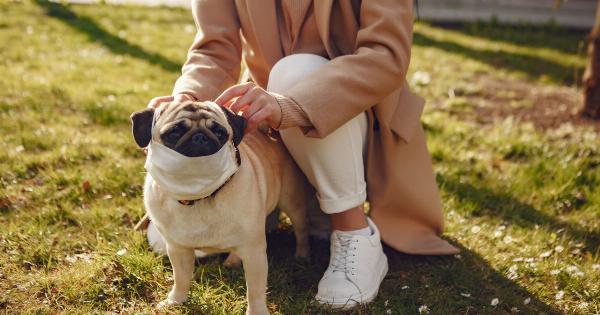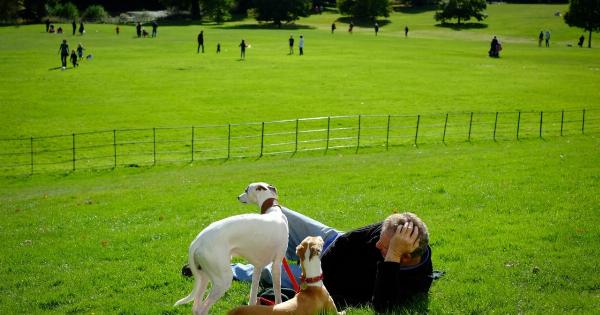Dogs are known for their loyalty and friendly nature, but as much as we love them, they are still animals with instincts that we need to be cautious of.
It’s important to know the proper way to approach and greet an unfamiliar dog to minimize any potential danger. Here are some tips on how to approach and greet dogs safely and appropriately:.
1. Ask for Permission from the Owner
Always ask for permission from the owner before approaching their dog. This should also be done even if the dog seems friendly and approachable.
Some dogs may appear friendly but may have had past experiences that make them uncomfortable around strangers, so it’s always best to ask before reaching out to pet them. Additionally, some dogs may be on leash for a reason and need to maintain their focus on their owner or service animal tasks.
2. Approach Calmly and Gently
Approach dogs calmly and gently. Avoid running or making fast movements towards the dog, as this can startle the dog and cause them to react aggressively.
Never approach a dog from behind or directly in front of them, as this can make them feel threatened. Instead, approach them slowly from the side and allow them to approach you in their own time. Additionally, avoid making eye contact, as this can be interpreted as a sign of aggression in some dogs.
3. Let the Dog Smell You First
Once you have the owner’s permission, allow the dog to sniff your hand before petting them. This allows the dog to get familiar with your scent and presence, and can make them feel more comfortable around you.
4. Avoid Touching Sensitive Areas
Sensitive areas on a dog include their ears, tail, paws, and belly. Petting these areas can make some dogs feel uncomfortable or vulnerable, which can result in a negative reaction.
Instead, stick to petting their back, sides, and chest, as these are usually the safest areas to pet.
5. Stay Aware of the Dog’s Body Language
Dogs communicate through body language, so it’s important to stay aware of their behavior and their reactions to your touch. Signs that a dog is uncomfortable or feeling threatened include growling, barking, and showing their teeth.
If you notice any of these behaviors, it’s best to step away and let the dog calm down. Additionally, if a dog is wagging their tail, it doesn’t always mean they are happy or want to be petted. It could mean a variety of things depending on their posture and facial expressions.
6. Teach Children How to Greet Dogs Properly
Children are at a higher risk of being bitten or attacked by dogs due to their size and curious nature. It’s important to teach children how to approach and greet dogs properly to minimize any potential danger.
Always supervise children when they are around dogs and teach them to ask for permission before approaching a dog. Children should also avoid making direct eye contact with dogs and should never touch a dog without their owner’s permission.
7. Be Mindful of Different Breeds
It’s important to be mindful of different dog breeds and their personalities. Some breeds are known to be more aggressive or protective of their owner, while others are known for their friendly and docile nature.
Tread carefully around breeds that have a reputation for aggression and always respect their boundaries.
8. Don’t Feed an Unfamiliar Dog
Feeding an unfamiliar dog is never a good idea as it could cause them stomach issues or negative behavioral responses. Additionally, you may unknowingly be giving them food that they are allergic to, which can lead to serious health problems.
9. Respect the Dog’s Space
Just like us, dogs need personal space. Avoid hovering over a dog or standing too close to them as this can make them feel uncomfortable and threatened.
Additionally, if a dog is sleeping or appears to be in a state of rest, it’s best to avoid touching or petting them.
10. Practice Good Hygiene
Always practice good hygiene when interacting with dogs. Wash your hands before and after petting them to avoid the spread of bacteria.
Additionally, avoid petting dogs if you have an open wound or are feeling unwell, as this can put both you and the dog at risk of illness.

By following these tips, you can make sure that your interactions with unfamiliar dogs are safe and positive for both you and the dog. It’s important to always respect a dog’s boundaries and to be mindful of their behavior and body language.










